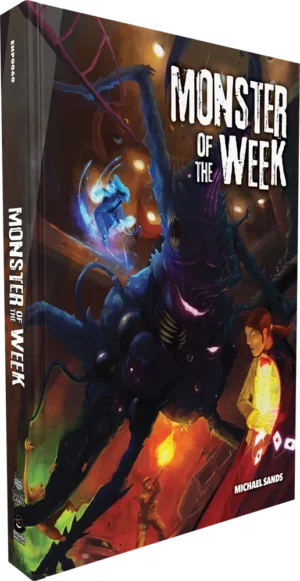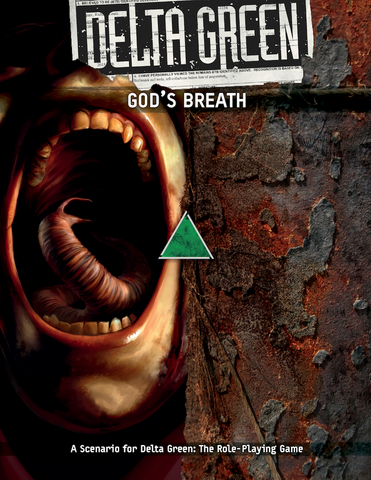Candela Obscura Dark Fantasy; Gothic; Dark; Narrative-Driven; Collaborative Worldbuilding; Investigation
Candela Obscura is a tabletop roleplaying game from Darrington Press, utilizing the Illuminated Worlds System. It distinguishes itself through its focus on investigative horror in a turn-of-the-century-inspired setting known as the Fairelands. While some critics find its mechanics barebones, others praise its accessibility for new RPG players and its emphasis on collaborative storytelling and unique character roles. The game centers around a secret society, Candela Obscura, dedicated to confronting occult horrors and maintaining the secrecy of magic.
Theme and Setting
Candela Obscura is set in the Fairelands, a turn-of-the-century-inspired world brimming with occult secrets and hidden dangers. The setting, particularly the city of Newfaire and the ruins of Oldfaire beneath it, draws inspiration from various sources, including Call of Cthulhu, Indiana Jones, and Twin Peaks. This creates a unique blend of gothic and dark fantasy elements. The game features impoverished shanty towns, trendy downtown areas, speakeasies, industrial factory districts, and mysterious rustic villages, offering a playground for diverse character concepts. The world hides darkness behind every corner. The ruins have a very SCP vibe, offering encounters.
Core Mechanics and Rules
Candela Obscura uses the Illuminated Worlds System, which revolves around 6-sided dice and narrative-driven gameplay. The mechanics are intentionally streamlined to facilitate storytelling and accessibility, especially for players new to tabletop RPGs. A key element is the use of 'Drive Points,' which players spend to enhance their rolls. Teamwork is encouraged as players often assist each other in rolls due to limited Drive Points. Each character role has a 'Gilded' ability, replacing a die with an optional one that replenishes Drive Points when used, incentivizing players to utilize their strengths. While the game emphasizes narrative over complex rules, some find the mechanics too barebones, lacking depth in areas like magic, scars, and character growth, with everything being done through Drive points.
What Makes it Unique
Candela Obscura stands out through its blend of accessible mechanics and focus on collaborative worldbuilding within a dark fantasy setting. The game distinguishes itself through its emphasis on narrative, arc-driven play. The game's setting offers numerous story opportunities. Its streamlined system makes it an excellent entry point for new players intimidated by more complex RPGs like Blades in the Dark or Dungeons & Dragons. The game encourages teamwork through its resource management, which is very different from other systems. Furthermore, its open-ended design allows for easy homebrewing and modification, enabling Game Masters to tailor the experience to their preferences without risking breaking the core gameplay. The unique roles, each with special abilities, contribute to distinct character identities and narrative opportunities.
Target Audience and Player Experience
Candela Obscura is aimed at players who appreciate narrative-driven experiences, collaborative storytelling, and investigative horror themes. It particularly appeals to those new to tabletop RPGs or who prefer simpler mechanics over complex rulesets. Players can expect to engage in investigations of strange occurrences, confront dangerous magic, and uncover secrets within the Fairelands. The game's emphasis on character roles and teamwork creates a dynamic player experience where collaboration and narrative contributions are highly valued. However, players seeking deep strategic gameplay or extensive monster lore might find the experience lacking unless the GM is prepared to add lots of custom content.


